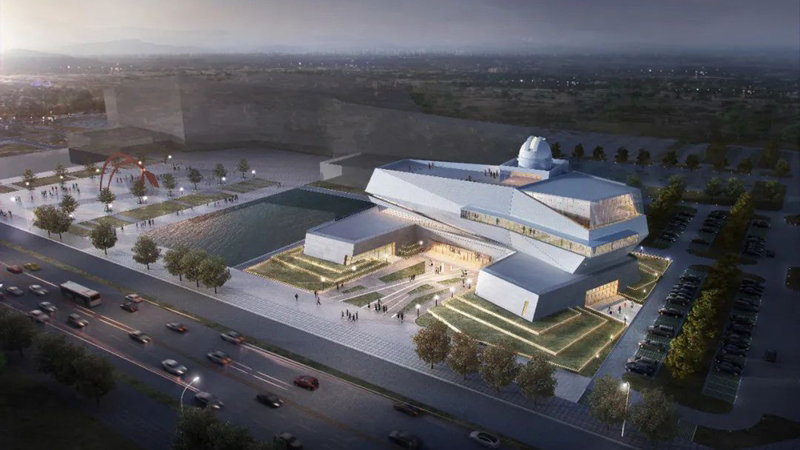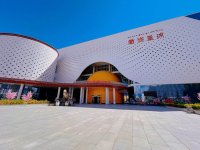Beijingwalker
Elite Member
- Nov 4, 2011
- 76,542
- 104,134
- Country of Origin

- Country of Residence

- Thread starter
- #16
Follow along with the video below to see how to install our site as a web app on your home screen.
Note: This feature may not be available in some browsers.












Thank you, a couple of days age I posted Shanghai's world biggest indoor ski resort, someone jumped out and accused it of wasting of money, and then I posted world biggest library in Beijing and some hater soon appeared saying it a waste of money, in foreign haters eyes, everything in China is a waste of money.This place is absolutely stunning - looks like one of the wonders of modern human civilization. This is solid development in China and it can help motivate people to seek career in space sciences and technology. LeGenD approves.

You're welcome. I am an advocate of peace, growth, and prosperity on a personal level and I have always appreciated projects having public value around the world. I have conducted extensive research on the topic of addressing socioeconomic challenges and sustainable development. I have studied Chinese approach to addressing socioeconomic challenges and sustainable development as well. People in my country will not pay heed to my research of-course but I can see China doing the right thing. I respect difference of opinion when I see it but I try to be fair and objective in my take on all themes. I am happy to see you grow.Thank you, a couple of days age I posted Shanghai's world biggest indoor ski resort, someone jumped out and accused it of wasting of money, and then I posted world biggest library in Beijing and some hater soon appeared saying it a waste of money, in foreign haters eyes, everything in China is a waste of money.



Wow, they are even going to build such cool one in small population remote Xizang/Tibet. Maybe, every province should build one.I think this one is super cool, Tibet Plateau is the nearest point to the sky. will be completed this year.
Building commences in Lhasa on world's highest planetarium
Tibet Planetarium, which could open in two years’ time, hopes to welcome over 100,000 guests annually
Alice Davis | Planet Attractions | 24 Jun 2022

The architectural design for the Tibet Planetarium is inspired by modernity and meteorites CREDIT: XIZANG DAILY
Construction work is underway, albeit at a dizzying altitude, on what will be the world’s highest planetarium.
Located some 3,650 metres (11,975 feet) above sea level in the city of Lhasa, in the Tibet (Xizang) Autonomous Region, the new facility will feature a modern aesthetic and design theme inspired by meteorites.
The Xizang Planetarium is being built on a 11,500 sqm (124,000sq ft) site, and a 1.06-metre (3.5 feet) refracting telescope will be situated on the roof. The telescope is the largest of its kind, according to attraction representatives, and will monitor space activity and be used to calculate the orbits of objects flying through space.
The planetarium and observatory aim to carry out scientific research, and also bring a general science and astronomy education to people in the region, eyeing 100,000 visitors per year after it opens to the public in June 2024. The new attraction and research centre is being promoted as a next step in China’s space observation ability and drive to bring astronomy to more people, and comes on the heels of the opening of the world’s biggest planetarium in Shanghai last year.
"With the highest altitude and a refracting telescope with the world's largest diameter, we believe it will become a new landmark, attracting tourists from around the world," Wang Junjie, an official from the Xizang Science and Technology Department, said at the recent groundbreaking ceremony.






















